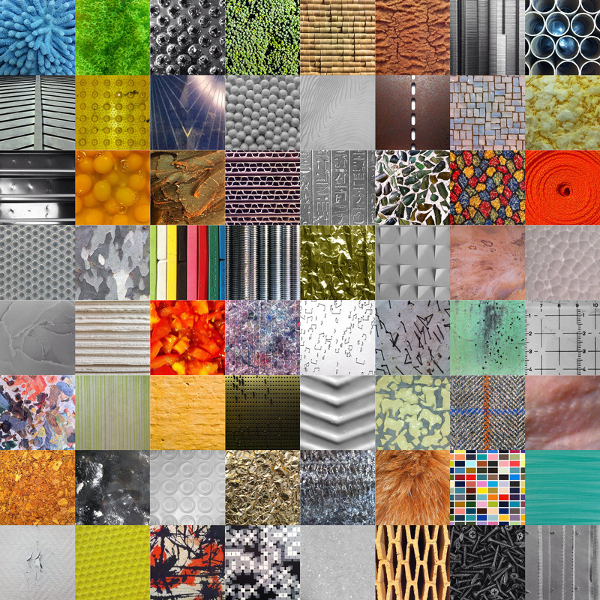The Endless Texture Possibilities of Augmented Reality: A New Way to Onlinely Display All of Your Products

Technology known as Augmented Reality (AR) has grown rapidly in recent years. It offers fascinating opportunities across several industries, including e-commerce. The capacity to generate realistic virtual textures and apply them on real objects is one of augmented reality's most intriguing aspects. For e-commerce managers, this technical development opens up new opportunities by enabling them to virtually present all of their products in a dynamic and engaging way. In this essay, we'll examine the countless advantages and limitless potential that augmented reality presents for e-commerce textures. Customers have an immersive experience thanks to augmented reality, which allows them to virtually see things in their actual surroundings. Customers will be able to inspect product details, patterns, and finishes with unmatched realism thanks to this advancement in texturing. Customers may literally see and feel the texture of each item, whether it be clothing, furniture, flooring, or decorative items. The result is a more engaging shopping experience that increases trust and decreases product returns. Realistic Presentation of Materials: Accurately portraying the properties of materials is one of the main issues in e-commerce. E-commerce managers can get around this problem by enabling shoppers to visually see and touch various textures thanks to augmented reality. A website that sells fabrics, for instance, might employ augmented reality to display how each fabric feels to the touch or how light reflects off of it. Similar to this, websites that offer building supplies allow clients to view images of tiles, wood, or stone before making a purchase. Product Customization: E-commerce managers have the chance to offer specialized products with a variety of textures thanks to augmented reality. To build a one-of-a-kind product that suits their interests and preferences, customers can select from a variety of materials and patterns. Customers may be able to alter the texture of a garment on a clothes website, for example, and be shown the outcome in augmented reality right away. This satisfies particular client needs while offering an involved and interesting buying experience. Reduced Product Returns and Customer unhappiness: Reducing product returns and customer unhappiness is one of the biggest difficulties facing e-commerce. E-commerce administrators can aid clients in making more educated purchases by using augmented reality to exhibit textures realistically. Customers may visualize the exact appearance and texture of the product to ensure that it meets their standards. This lowers the possibility of customer dissatisfaction after receiving the product and promotes client loyalty. In conclusion, augmented reality provides e-commerce with limitless texturing options. With the aid of this technology, e-commerce administrators can improve customer happiness and return rates, present products in a more realistic manner, and offer personalization choices. Businesses can push the limits of online product presentation by incorporating augmented reality into their e-commerce platforms, giving customers a distinctive and interesting experience.